
Hammershus is the largest castle in Northern Europe and stands on a cliff 74 metres above sea level on Bornholm, a small but important island in the Baltic Sea.
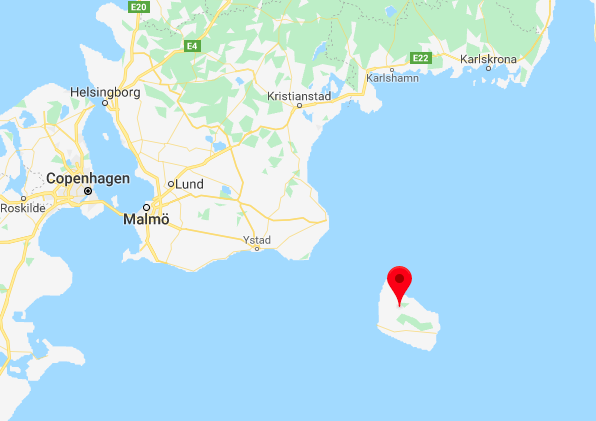

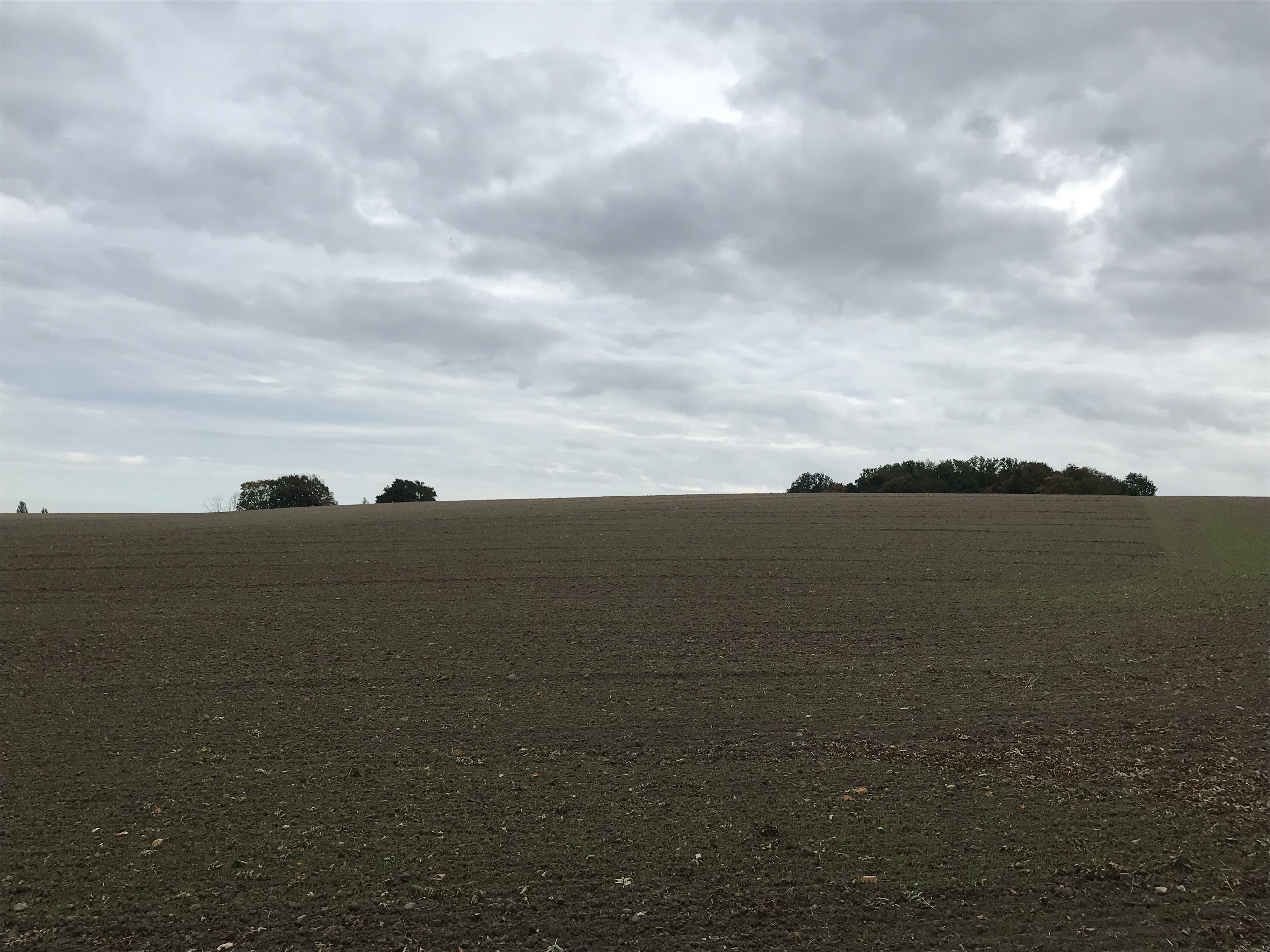
Bornholm (you can see it and some of the common landscapes above) is off the coast of Sweden, but belongs to Denmark. It stands on important trade routes and there have been Iron Age, Roman, early Christian and Viking artefacts found on the island. It was a Viking centre, but it remained independent until the 10th century when it was controlled by Sweden. It then went back and forth between a few different powers (including Denmark) over the following centuries. It ultimately came to Denmark permanently in 1660. It’s a popular summer destination for Copenhageners and has significant medieval remains, including some astounding round churches and the topic of today’s post; Hammershus Castle.


While there were other structures on the site before, the Hammershus you see today was finished in the late 13th century and has been a site of domination and strife almost since its beginning. It commands an almost unassailable position, standing on a 74 metre high escarpment facing directly into the sea. The land route is steep and winding, making attack very difficult. The inner castle was also protected by a ring wall and three walled defence areas. Two more towers were added in the 16th century and north and south of the castle two lakes were damned to create even more defences.

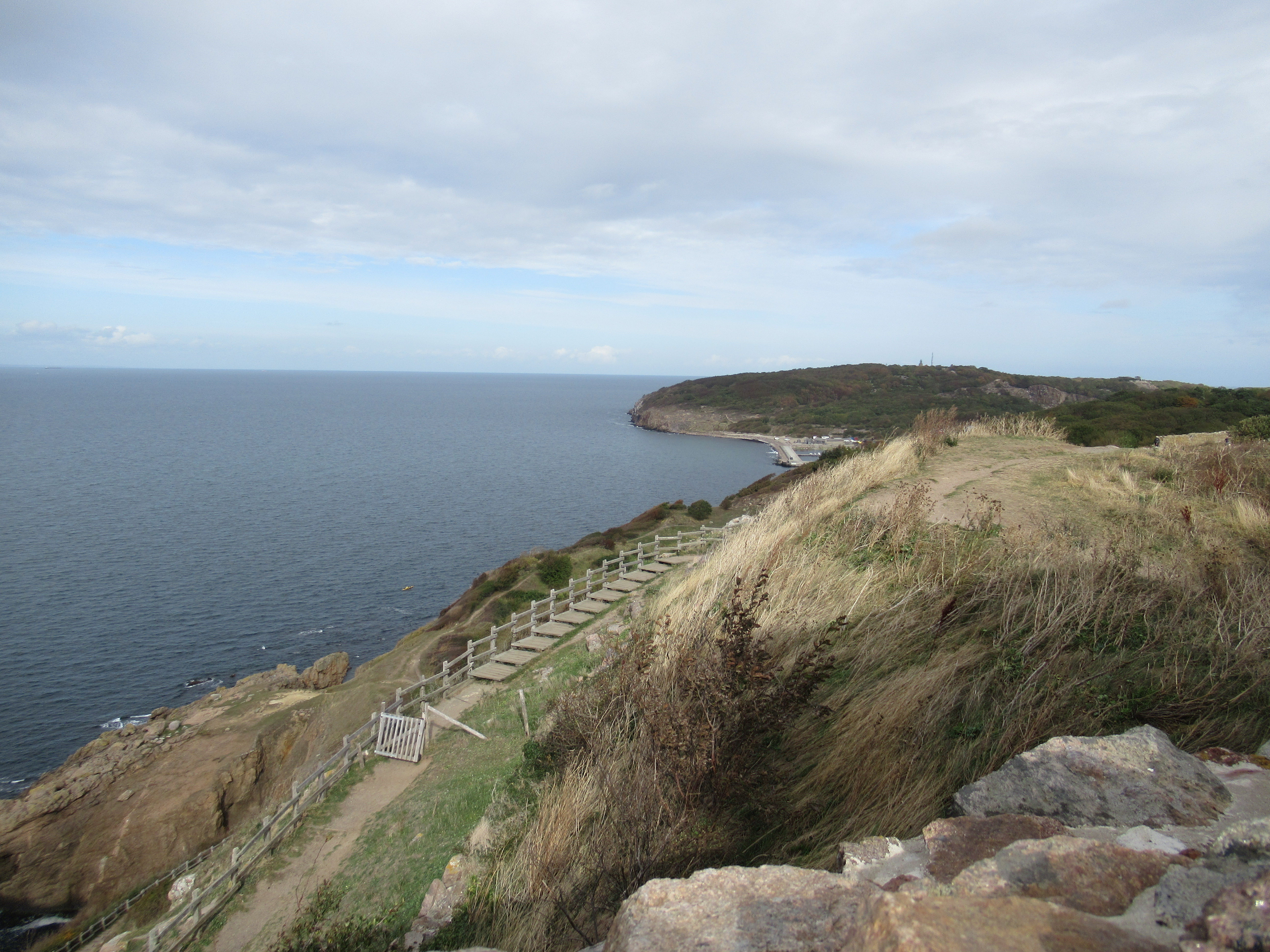


Hammershus was most likely built by Jens Grand who was Archbishop of Lund. In the late 13th century there was a power struggle between Danish Royalty and The Church and it was probably as a statement of Church power that Jens Grand built Hammershus. The castle went back and forward between the Church and the nobility, mainly being used to impose authority on the island and its people and protect the control of the trade routes. The castle came into the hands of Hanseatic League- a powerful alliance of market towns- in the early 16th century. They expanded Hammershus, using local forced labor and financing it with high taxes, leading to ultimately unsuccessful rebellion. Hammershus remained an active fortress until the end of the 17th century, when most of the island’s defences were moved to Ronne (the capital). The castle was abandoned in 1743 and the locals were allowed to claim stone from it for their own uses, until Hammershus was put on the National Historic register in 1882.
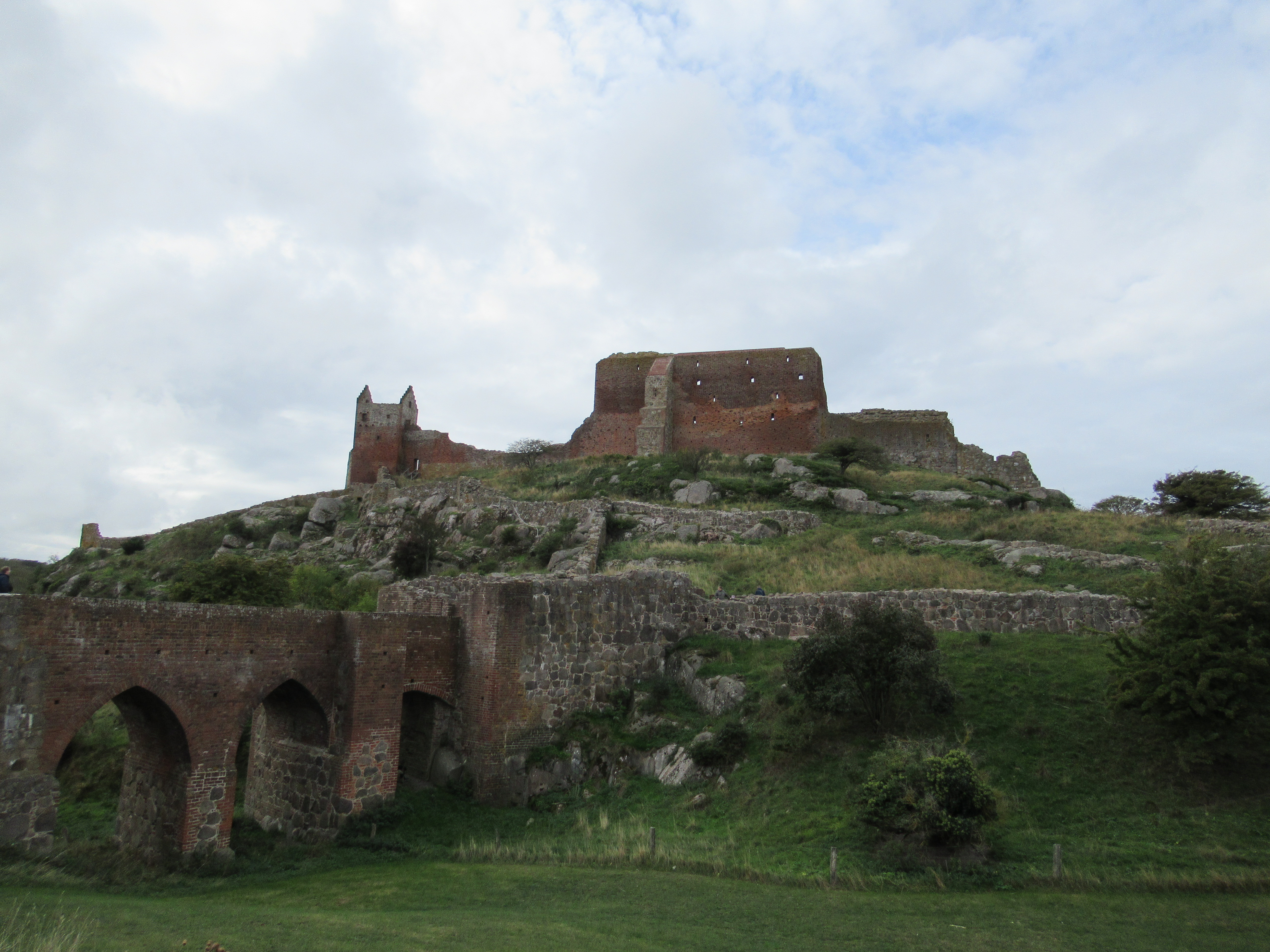
The castle itself has some really interesting features as well. My favourite is probably the bridge


The bridge spans a 6 metre ravine and is supported by two stone piers. It is one of the best preserved medieval fortified bridges in Denmark, certainly one of the best I’ve seen anywhere. In the 15th century there would have been a wooden drawbridge spanning the final section of the ravine, which would have been guarded from the bridge guard house.

Another interesting feature is the main castle gate. This provided entry into the grounds of the castle. Originally it would have been a square tower, but a rampart wall was added in the 17th century

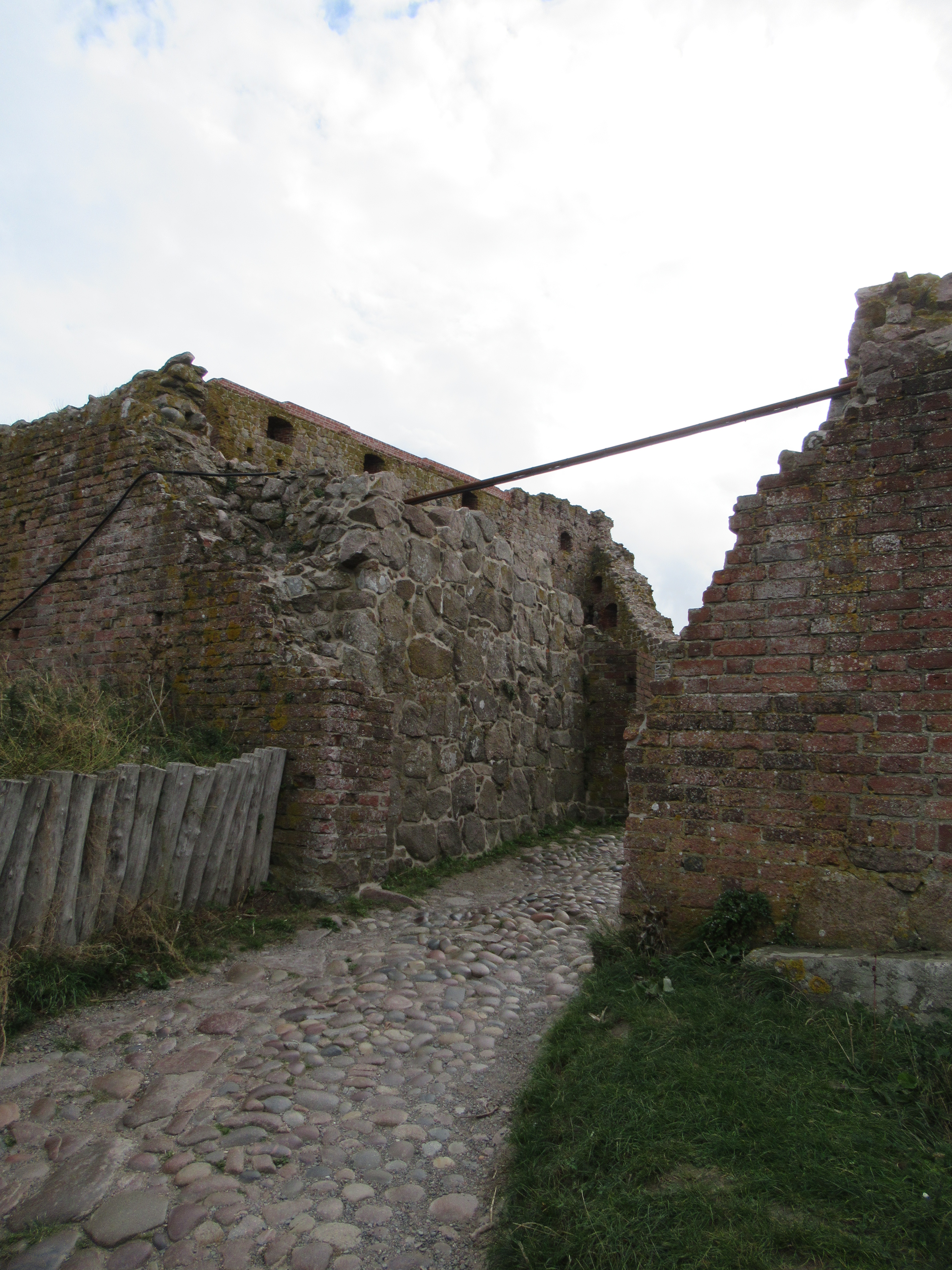
Just through the main gate is the remains of the storage house. It would have been used to hold the material collected as tax. This wouldn’t usually have been money, it was two stories so that grain and the like could be stored in the upper levels and the underneath could be used for live tribute, like oxen.

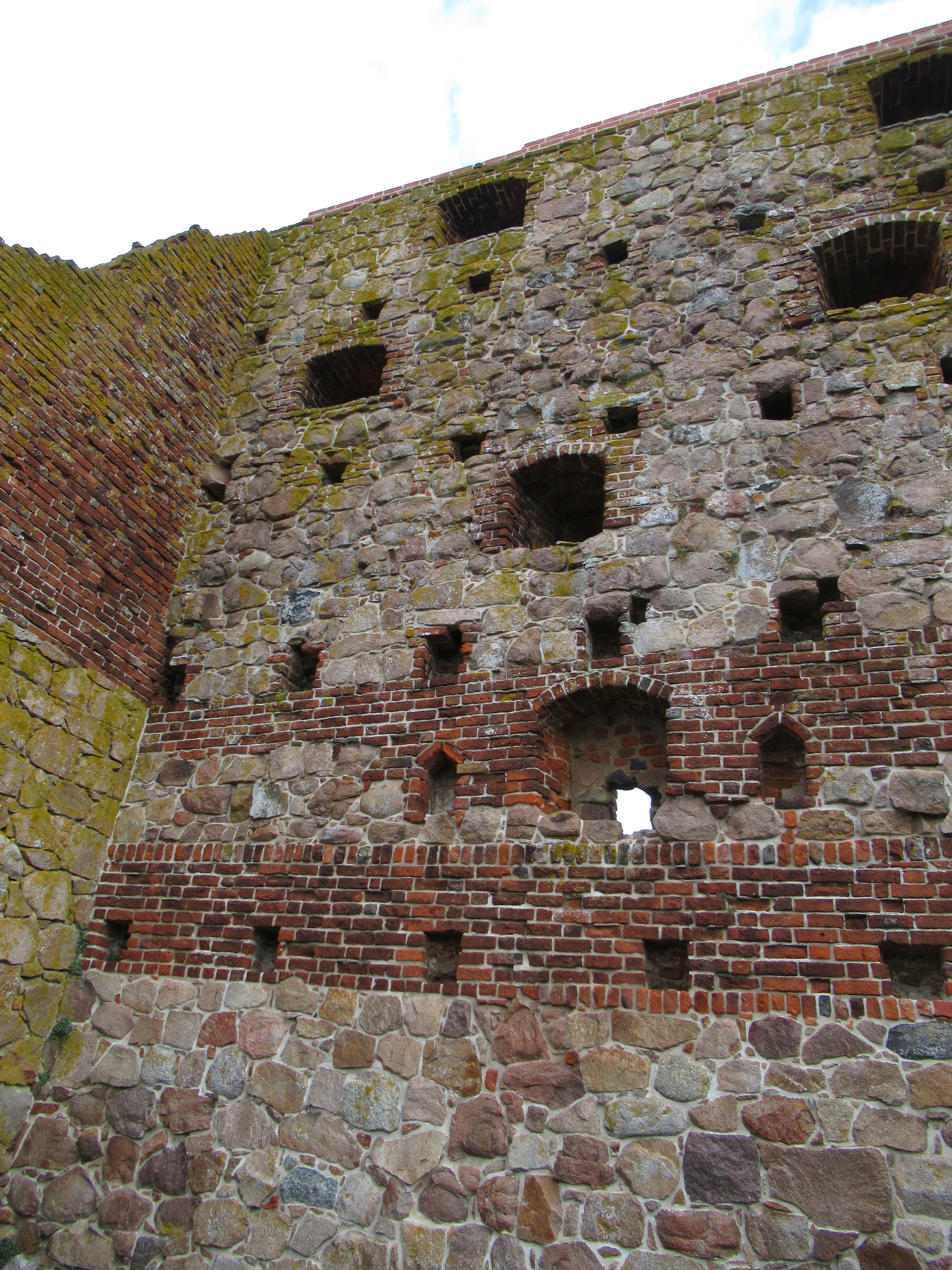
The key component of the oldest section of the castle is the Manteltarnet (Martel Tower), what in an English castle would have been known as the keep. When it was built Hammershus would have consisted of this keep and a ring wall. The gate to the entrance of the keep would originally have had a portcullis and the tower would have had three stories. You can see where the floors would have been from the holes in the walls. You can also see what is most likely some of the original ring wall in the photos. The keep was eventually replaced with a private residence for the lord of the castle.


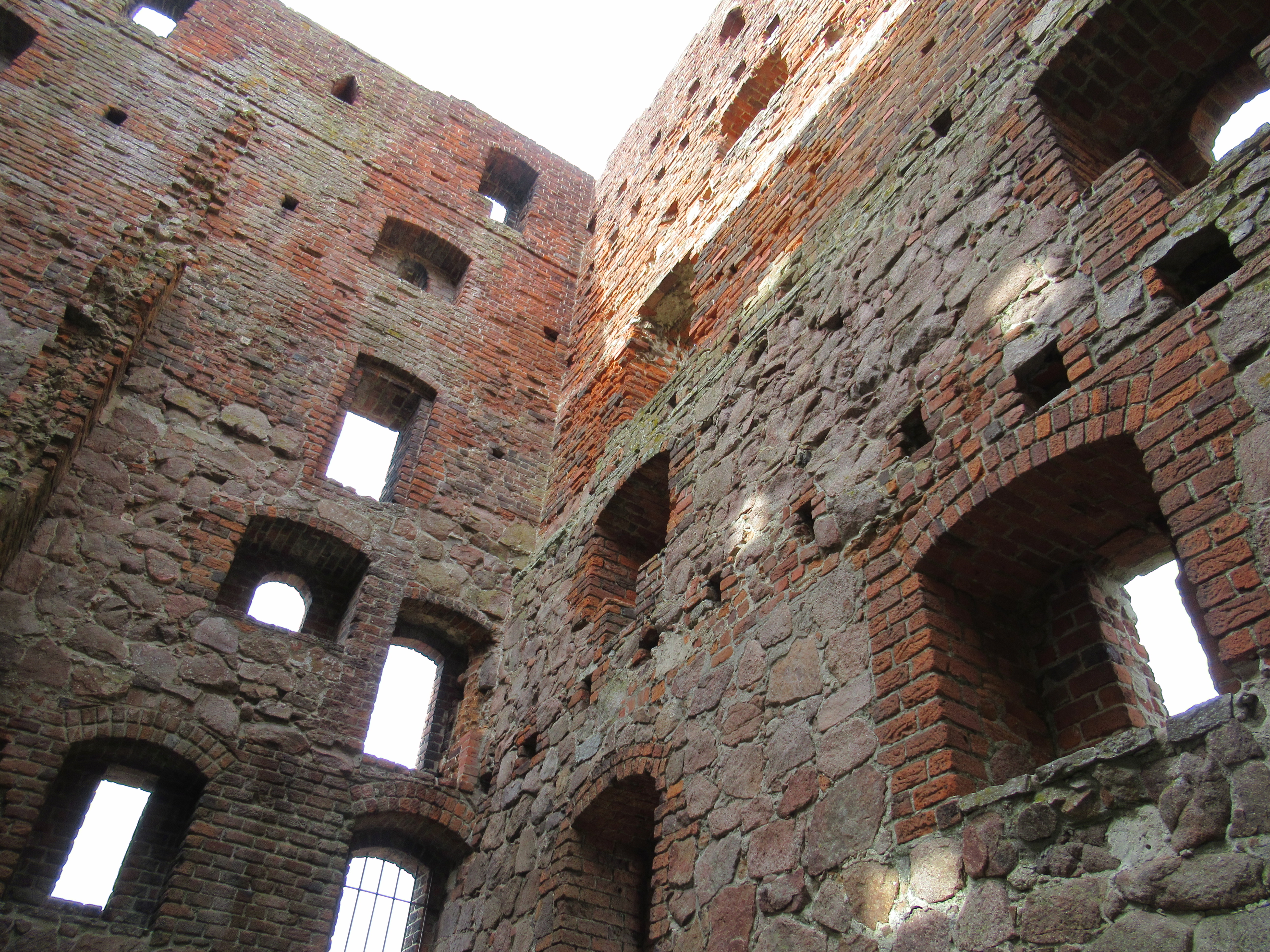
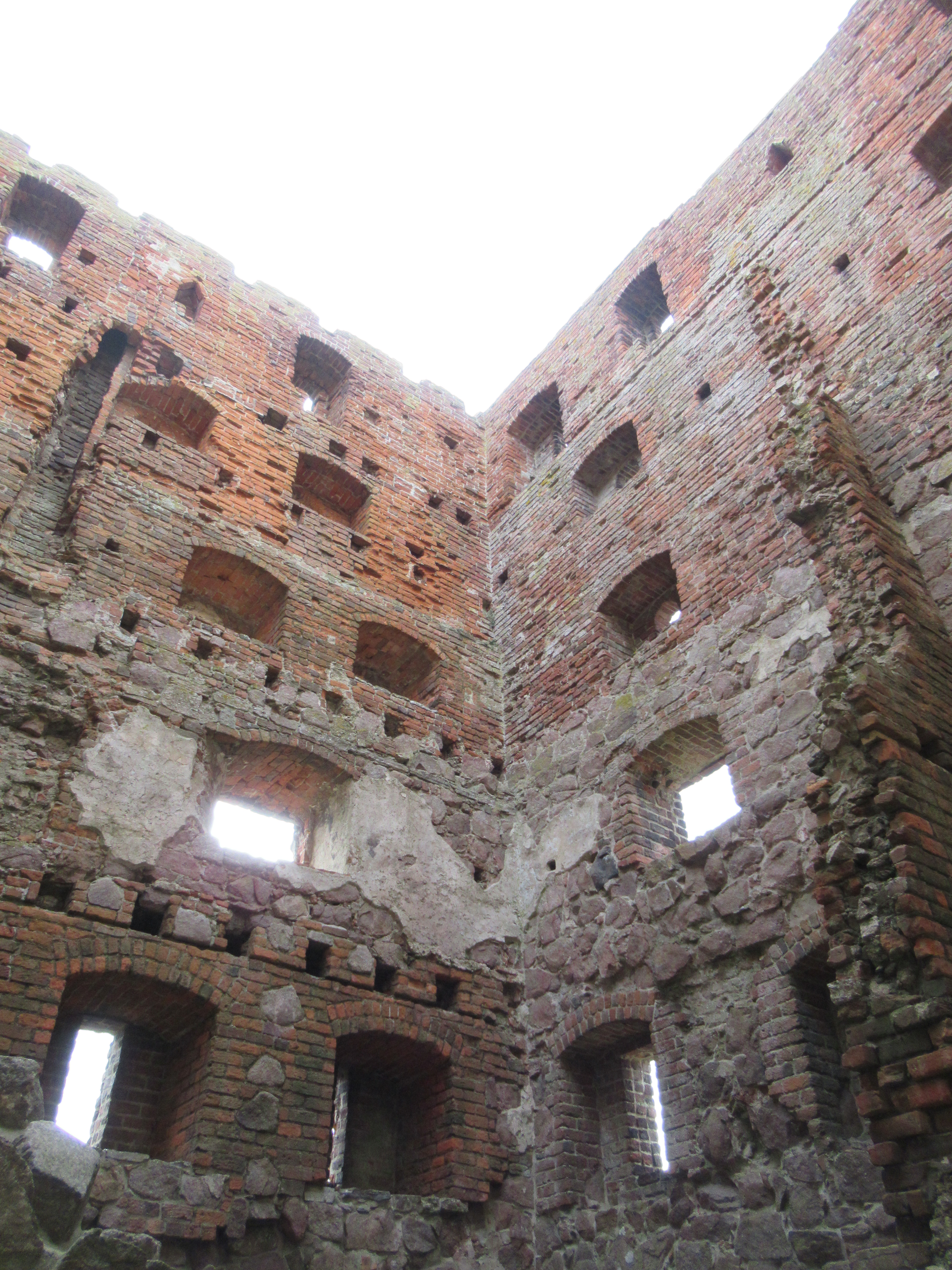

It was also in this keep that Leonora Christina, the daughter of King Christian IV of Denmark, was imprisoned in 1660 with her husband Corfitz Ulfeldt for his collaboration with Sweden. They attempted to escape in the middle of the night by tying bed sheets together, or using a rope depending on what account you believe, and climbing down the tower, Ulfeldt was so unwell that he had to lowered. Unfortunately the escape was short lived as they were recaptured almost immediately. The eventually ransomed themselves by handing over most of their property, but were later changed with treason again. Ulfeldt managed to evade capture but Leonora Christina was captured in Dover when she was seeking help from Charles II. She was held without charge in the Blue Tower of Copenhagen castle for 22 years. While she was imprisoned she wrote her autobiography which was published posthumously.
Escapes aside, Hammershus is very much an amalgam, it was added to extensively in the 16th century, and you can see the marks of the years on the stone, the oldest parts are built of granite and the newer of the smaller style tile bricks.
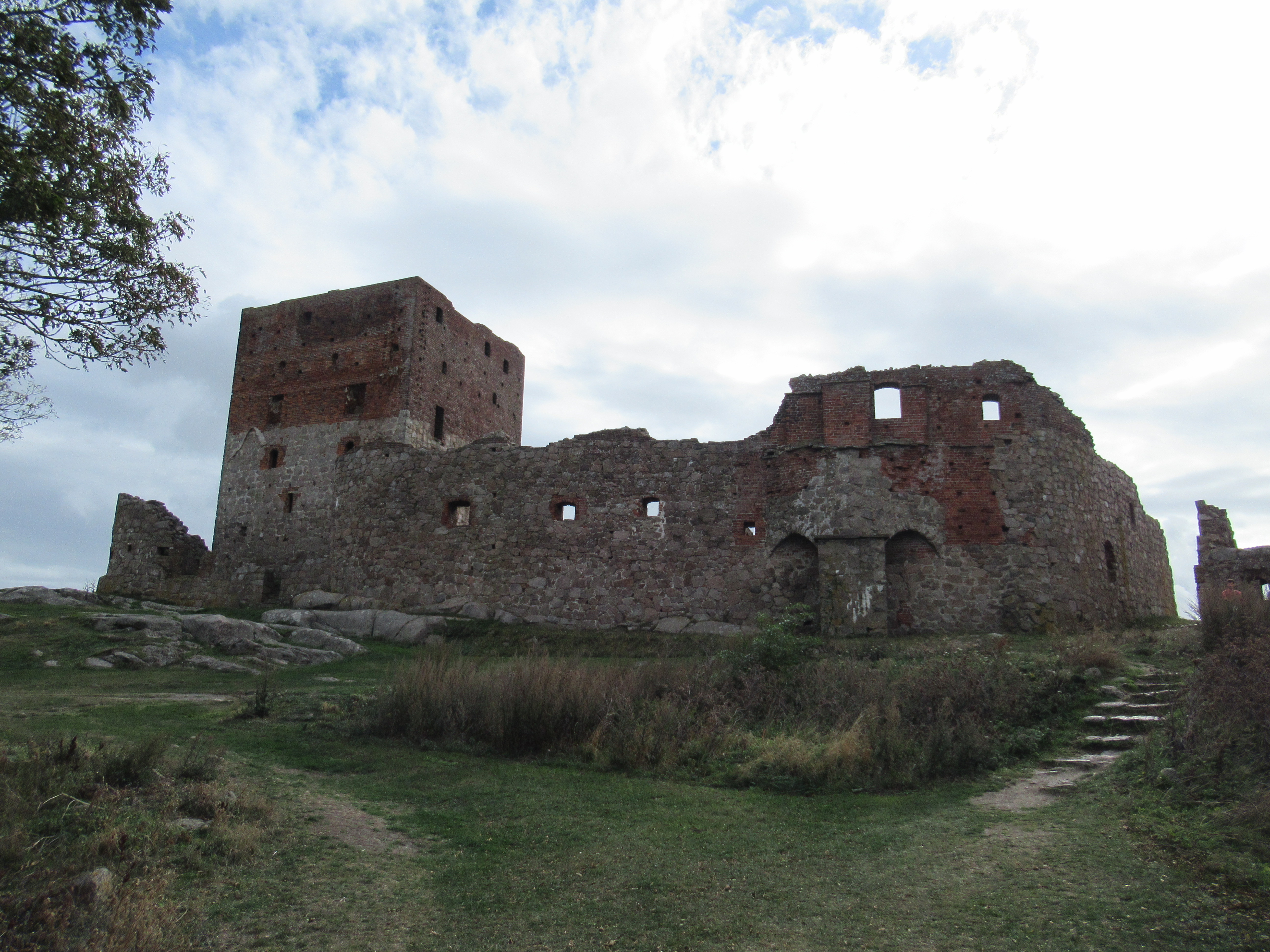
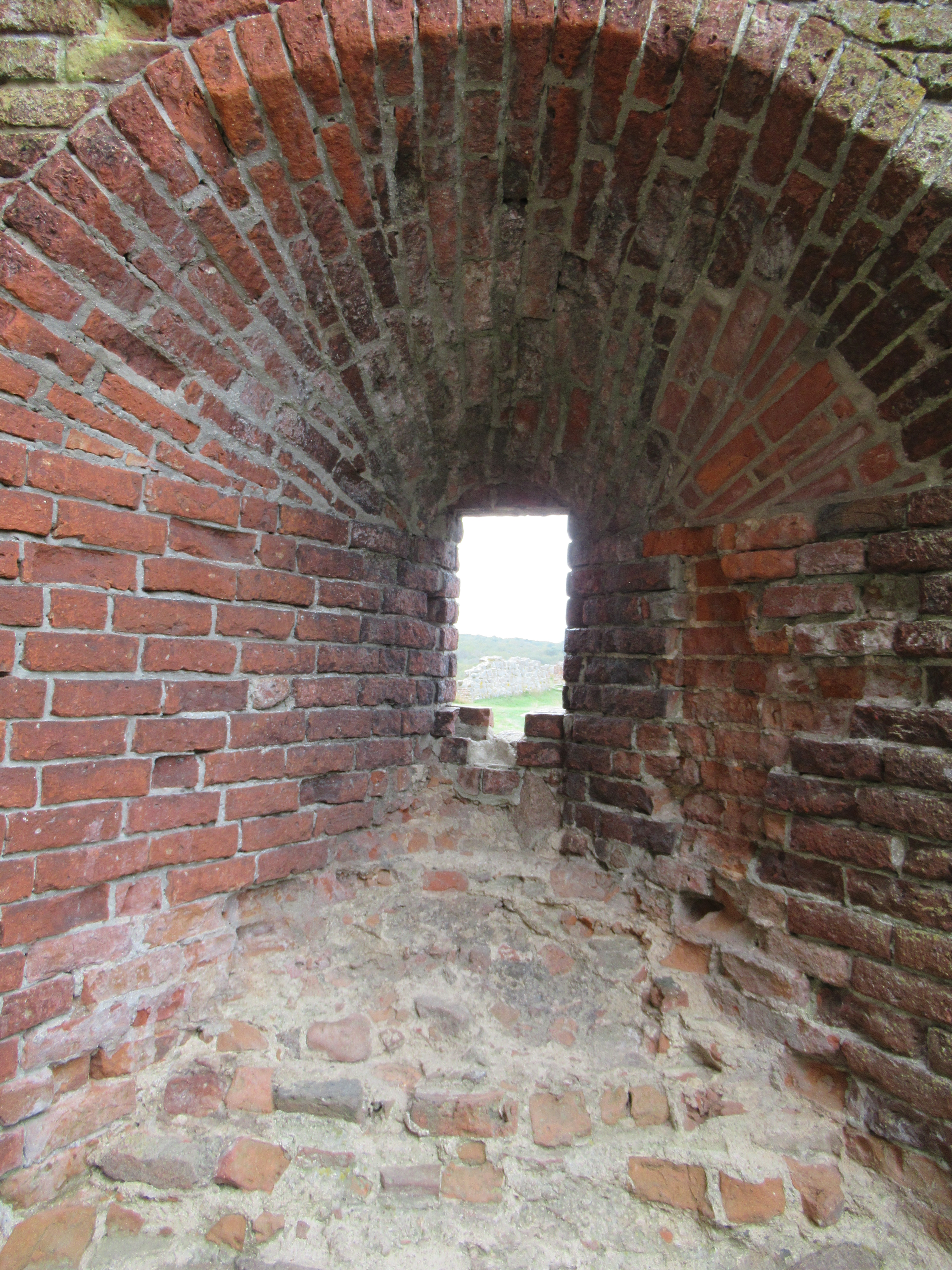

Hammershus is a fascinating castle with a chequered past. This post was not intended to cover all of its complex history, but to underscore the highlights and give some insight into the largest castle in Northern Europe. It stands as a brutal testament to the extent of church authority in its heyday and the importance of Bornholm as an essential point in the Baltic trade routes. It is certainly worth visiting, as is Bornholm: I hope to cover Bornholm’s other magnificent medieval feature the round churches in a later post.
References:
Site visit 2018
https://www.britannica.com/place/Bornholm
https://bornholm.info/en/hammershus/
https://nordicwomensliterature.net/writers/leonora-christina-ulfeldt/
The photos are all mine.

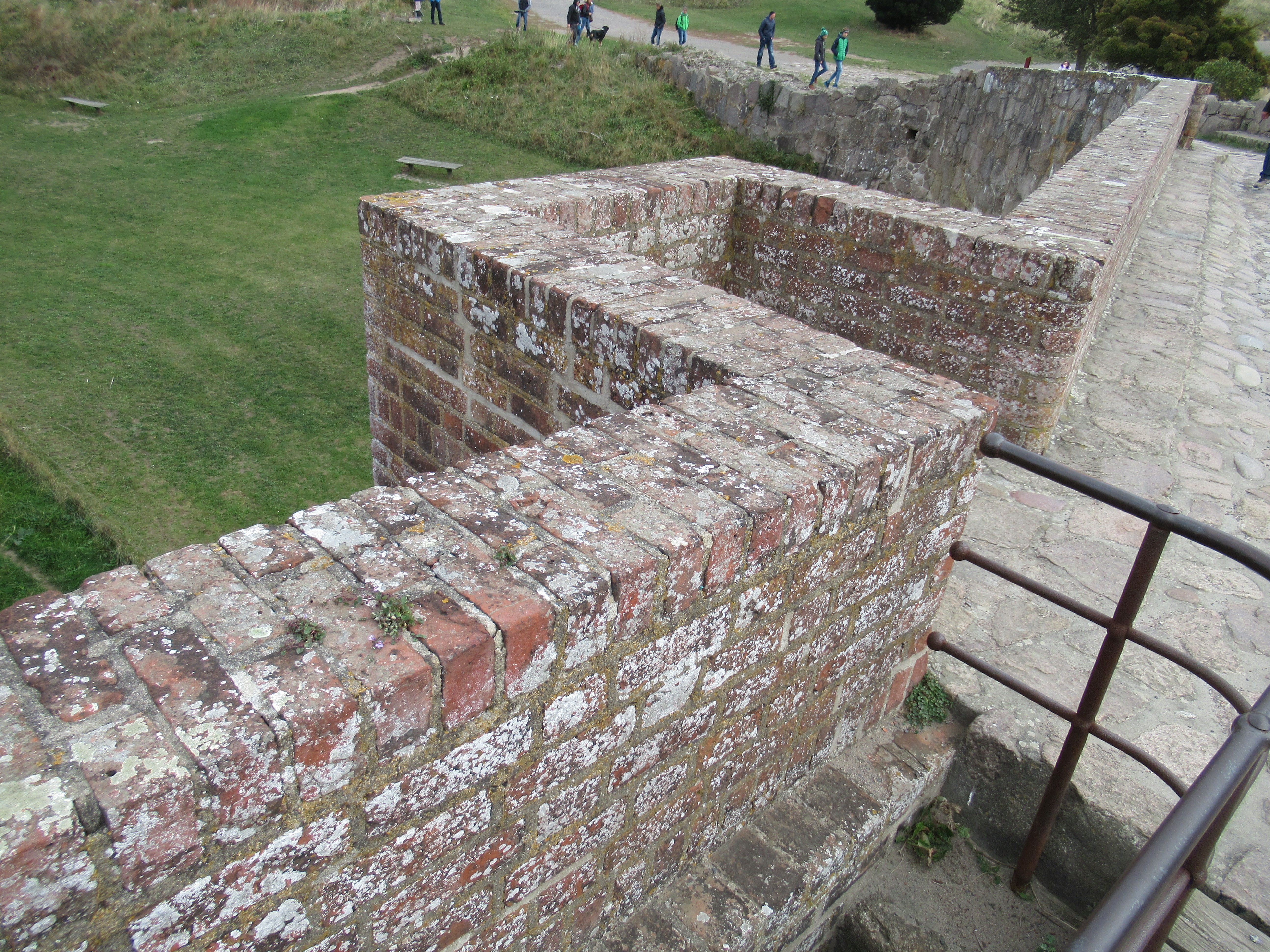

Such beautiful photographs and what interesting history.
LikeLiked by 1 person
Great post and excellent photos! Thank you!
LikeLiked by 1 person
Congratulations. Your blog is included in INTERESTING BLOGS in FRIDAY FOSSICKING at
https://thatmomentintime-crissouli.blogspot.com/2019/02/friday-fossicking-1st-feb-2019.html
Thank you, Chris
LikeLike
thanks 🙂
LikeLike
Wonderful post and a castle I’d not heard of before. You are, madam, “one out of the box”.
My sister and I visited Malbork, “the largest castle in the world”, last year (the crucial mistake we made was not opting for the $150 private tour but a much cheaper touristy one, sigh). Were Malbork situated a mere 30miles North, it would perhaps beat Hammershus, as the largest castle in Northern Europe.
Delighted by your post, as ever.
nb We found the castle at Lidzbark Warminski, much more dealable with, and visitable, for our old bones.
Best
Richard
LikeLike
Hi Richard, really glad you found the post interesting. At some stage I’m hoping to get to a wider range of European castles, I’m Australian so it makes castle visiting a bit difficult. 🙂 Malbork looks very impressive, I suspect the ‘largest castle in Northern Europe’ is based on the height of the ground it covers as well as the area. It’s one of those things that are are always arguable.
LikeLike